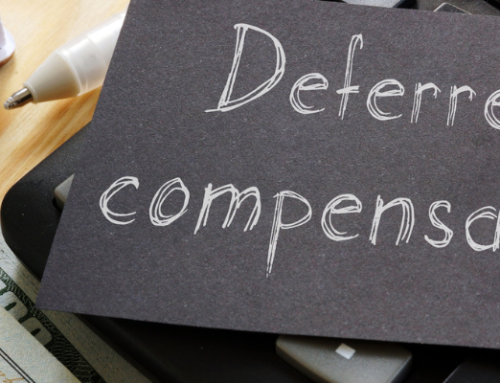The standard calculation of a proposed hourly rate for an exempt salary employee encompasses dividing the individual’s salary (i.e. $118,000) by the standard 2,080 work hours per year (365 days minus 105 weekend days times eight hours/day) for a standard hourly rate of $56.73. There is a way you will be able to make your hourly rate more competitive and FAR compliant at the same time.
FAR 37.115-3, Solicitation provisions, requires the contracting officer to insert FAR 52.237-10, Identification of uncompensated overtime (working additional hours with no additional salary/pay) in all solicitations for professional and technical services expected to exceed the simplified acquisition threshold (currently $250,000).
FAR 52.237-10 requires the use of an “adjusted or effective hourly rate” based on using total hours worked (both standard and uncompensated overtime hours) including those charged to both direct and indirect cost objectives such as vacations, holidays, sick leave, bereavement, bid and proposal and independent research and development, instead of the standard 2,080 hours.
Example
If history shows or it is anticipated that a person will work an additional 10% of authorized hours in the coming year, the adjusted/effective hourly rate would be $49.39 ($118,000/(2,080X1.1) vs. the standard rate of $56.73. This represents a 13% decrease in your labor cost per hour.
Salaries paid in each pay period throughout the fiscal year would be distributed to the appropriate cost objectives charged, direct and indirect, utilizing the adjusted/effective hourly rate times the actual hours worked in the pay period. This calculation of an adjusted or effective hourly rate only applies to salary employees exempt from the Fair Labor Standards Act.
This process is referred to as Total Time Accounting and is compliant with FAR 52.237-10(c) which requires your accounting practices used to estimate the rate per hour impacted by uncompensated overtime to be consistent with practices used to accumulate and report utilizing the effective rate per hour. FAR 52.237-10(e) also requires you to include a copy of your policy addressing the handling of uncompensated overtime and the calculation of an effective rate per hour with your proposal to facilitate cost realism risk assessment (FAR 52.237-10(d).
As you can see, if you’re exempt and salary employees consistently work more than the standard hours, utilizing an adjusted or effective rate per hour will provide you with the following:
-
- a more accurate allocation of payroll costs,
- a potentially more competitive proposal, and
- an accounting and estimating process compliant with FAR.
If you have questions related to your labor rates, reach out to Neena Shukla, CPA, CFE, CGMA, FCPA, CTP, leader of the PBMares the Government Contracting Team, for additional guidance.





